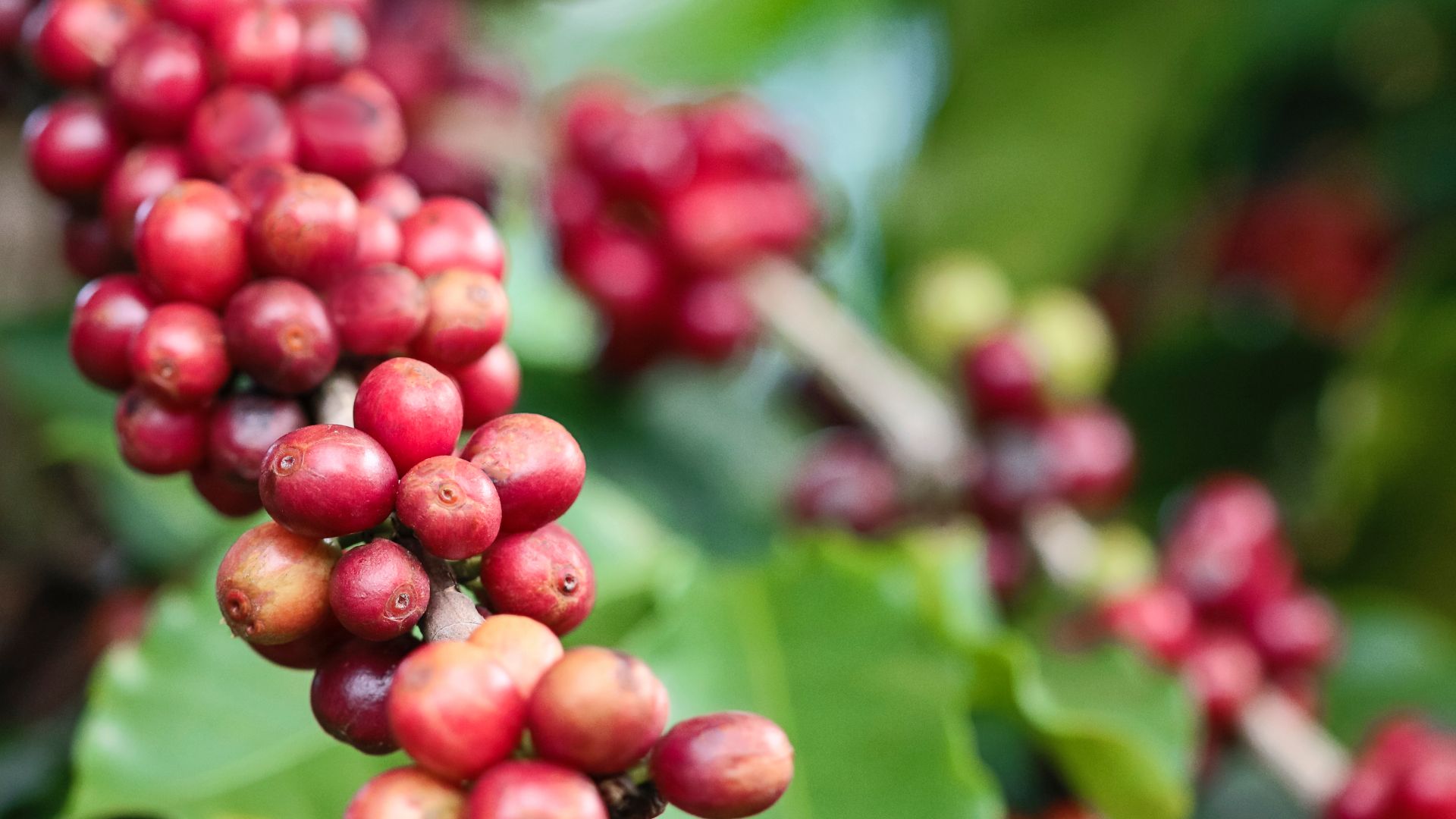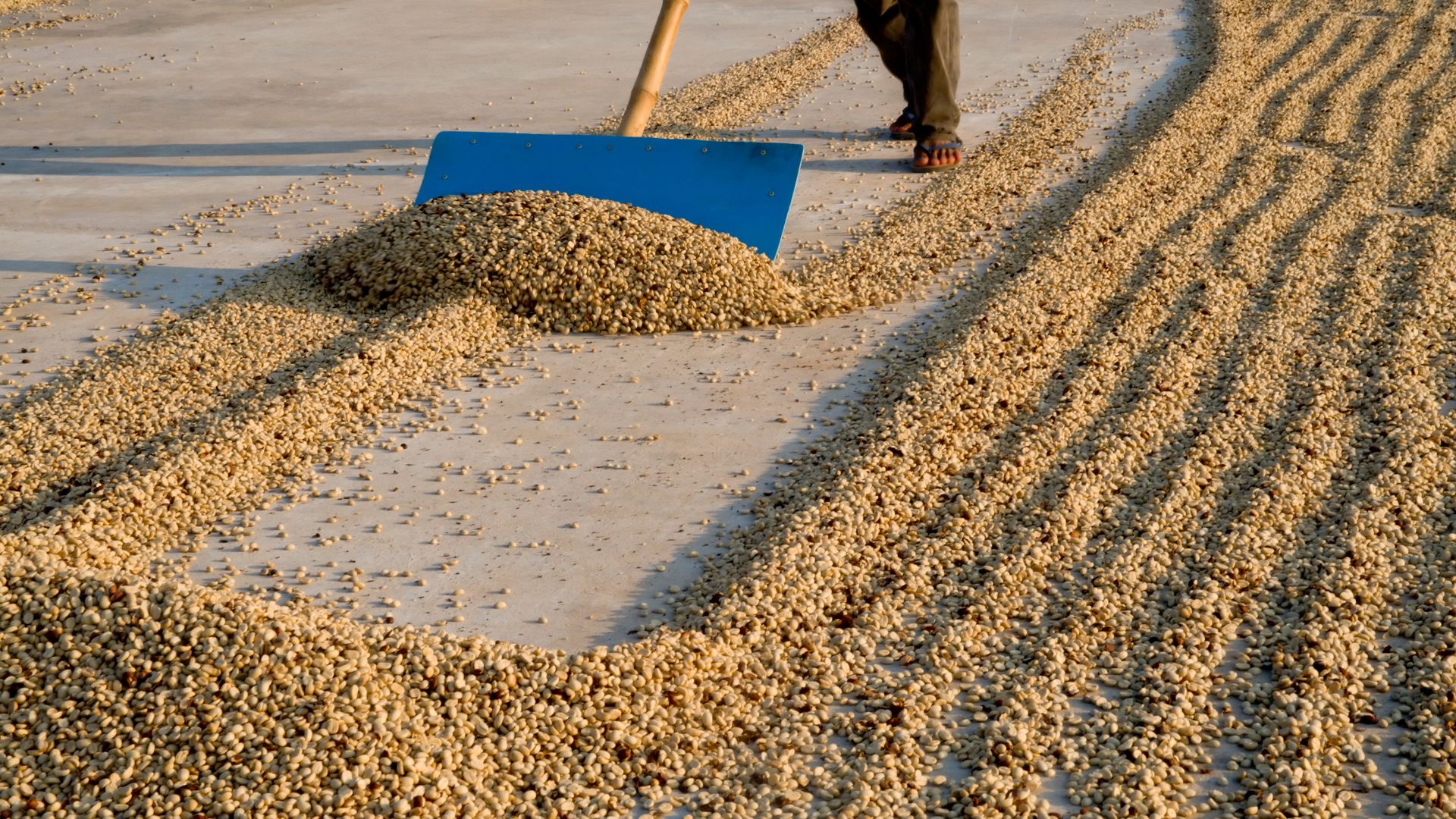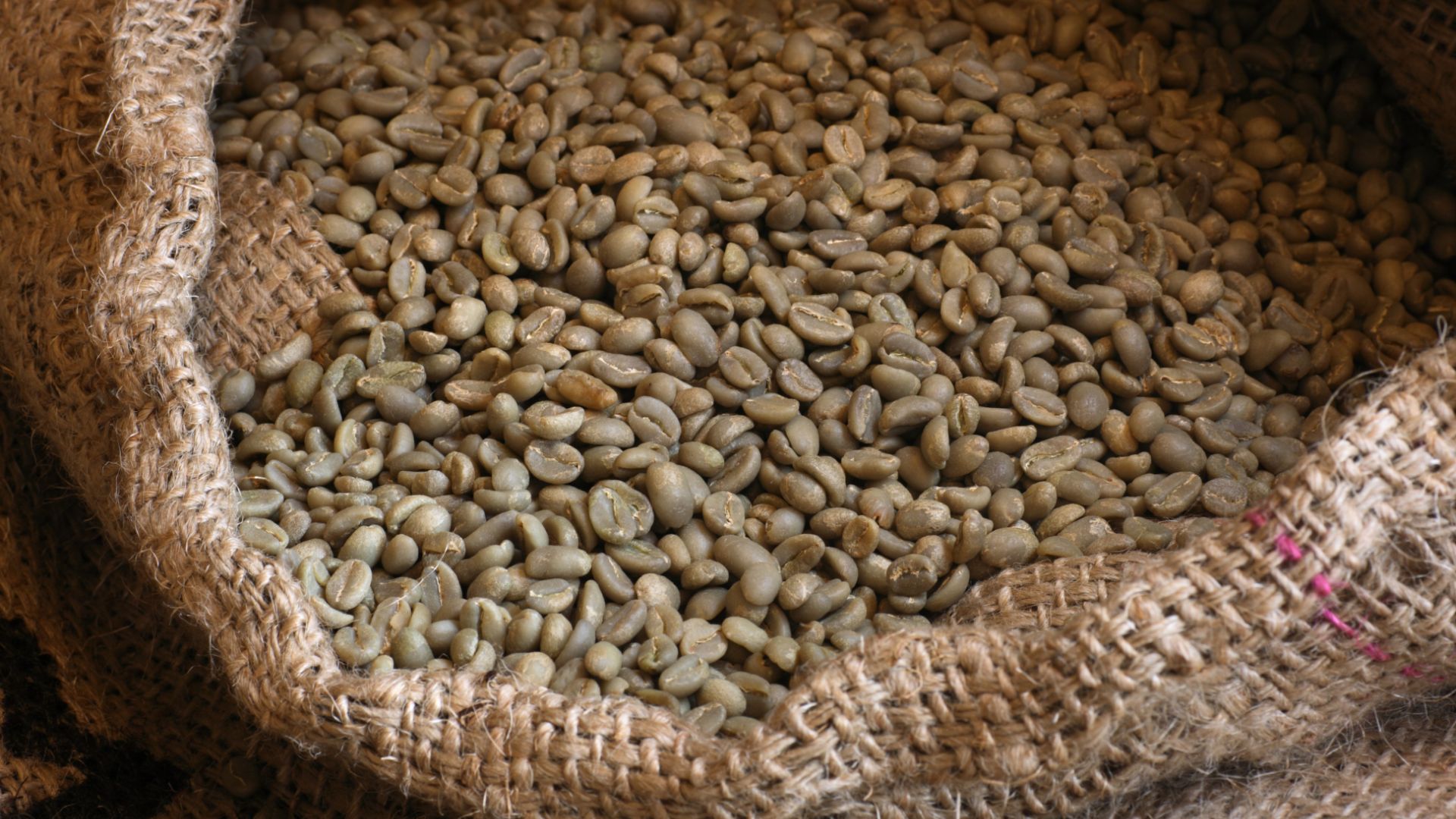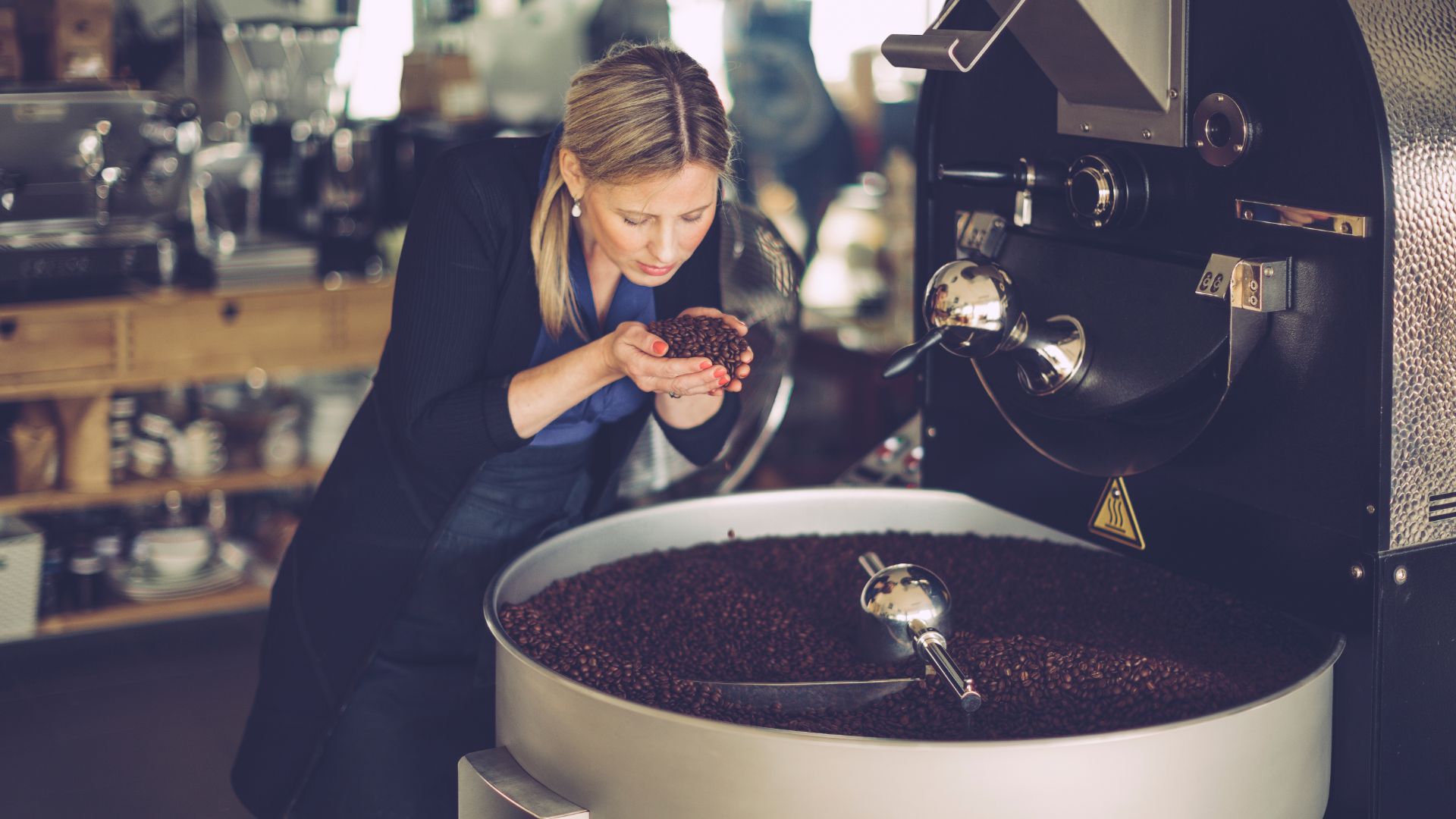Oh, OK.. but.. What is Specialty Coffee?
According to the pure definition, specialty coffee is coffee that, during a tasting, was scored at least 80 points on a 100-point scale by tasters (Q Grader) certified by the Specialty Coffee Association (SCA).
But what does this mean beyond the pure definition?
Specialty coffee has been around in one form or another for a long time. We tend to think this is a new trend, but as far back as the early 1900s, discerning customers such as the Hotel du Crillon in Paris were said to buy their coffee from selected microlots of Guatemalan farms to guarantee consistent quality their guests. The term "specialty coffee" was first used in the 1970s in the Tea and Coffee Trade Journal, just a few years after the first Starbucks store opened. Thanks to stores like Starbucks and Peet's, coffee has gone from a fad to an everyday habit. Since then, the development of agricultural, roasting and brewing technology, as well as the increased demand for high-quality coffee, have brought specialty coffee into the hands of coffee lovers around the world.
The very first thing we should know is that specialty coffee can only be 100% Arabica coffee. Therefore, neither robusta nor robusta-arabica blends currently have (cannot have) specialty certification. (Though needs to be mentioned that the Robusta specialty is also being developed.)
Specialty coffee starts how we grow it: at the perfect height, at the right time of the year and in the best soil (ensuring proper pest control as well is in place).
Beans are then carefully selected and harvested at the right time, so that only properly ripened beans are harvested. Of course, this excludes mechanical harvesting, as with that method is not possible to distinguish between ripened and not ripened beans on shrubs. Thus specialty coffee must be harvested by hand.


In the case of specialty coffees, the processing is perhaps the only thing that is not so specialty. The same 3 processing methods (dry/natural, honey, washed) are typical, as in the case of many other coffees.
When drying, of course, the moisture level of the beans must be kept very even, so they must be turned several times a day.
In the case of peeling also mechanical solution is used.
Nevertheless, it can be said that the handling of the coffee requires special attention in these work phases as well, since we have high quality requirements for the specialty-certified green coffee.
For the qualification, it is specified how many primary (zero) and secondary (maximum five) defects could be in a 350g sample (e.g. blackened eyes, broken or damaged). Not to mention foreign matters (we usually mean gravel, small stones, or anything else), which must not occur either.
After this, it is obvious that, for example, during peeling, grains cannot break into pieces due to a malfunctioning or incorrectly adjusted machines.
Finally, the green coffee beans are placed in special grainpro (and then in jute) bags - just think of the long journey they have to make physically on a ship and in time before they get from the bag into a roaster. During this, they their quality - which is mainly affected by temperature and humidity - must be maintained necessarily. The moisture content of green coffee shall be between 10-12% when putting it into the roaster.
Before we can even start roasting, green coffee has another very important feature: their uniform size (the screen size).
Beans of different sizes will behave very differently during roasting; the chemical processes will take place at different times and with different intensity, different thermal effects will affect the outer surface and inner part of the beans, and as a result, they will have a different flavor profile, neither color of will be uniform.

The result of this? Everything else but not what we want from specialty.
Partly acidic, partly bitter. Partly a blend of a light roast flavor profile (large grains), a medium roast flavor profile (medium grains) and a dark roast flavor profile (small grains) - without uniformity and nothing special(ty).
Of course, we can also make coffee from it, but during cupping (tasting) such a coffee will not reach the 80-point level, so it will not receive specialty certification.

Thus I think it is not a surprising statement that during roasting of a specialty coffee, the roastmaster must constantly monitor several parameters of the process and the beans, so that the end result really results in a rich, characteristic flavor. And after all this, you should be able to repeat it. So, with each new coffee - even another (later) harvest from the same plantation - always a series of test roasting is necessary to find the process of the perfect result.
And we finally get to the tasting in the definition.
Cupping involves roasting the coffee and pouring hot water over it. Then it relies on the taster's (the Q Grader's) skill to score each of the coffee's characteristics, such as acidity, body, flavor and aroma.
There are various levels within the specialty qualification:
- 90-100 Outstanding
- 85-89.99 Excellent
- 80-84.99 Very Good
You can see that our coffee reaching your mug has required a lot of care. And here we can need (one) more twist.
More precisely we need the grinder for that - but that's the topic of another post.


